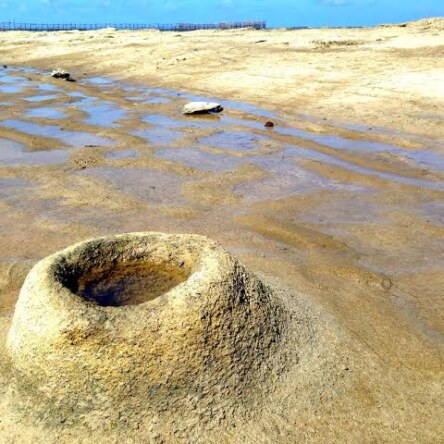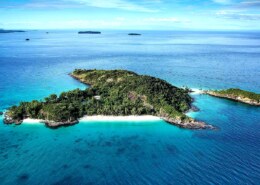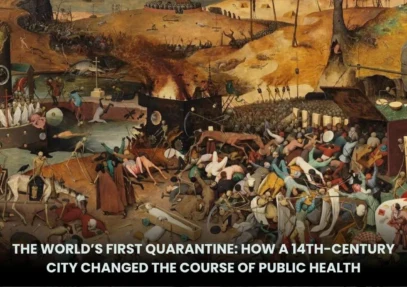Can you recommend must-watch TED Talks?
Sand volcanoes, also known as sand boils, are formed when pressurized water and sand are forced upward through overlying layers of soil, creating cone-shaped mounds that resemble miniature volcanoes. This phenomenon typically occurs in areas affected by seismic activity or where there is rapid loadiRead more
Sand volcanoes, also known as sand boils, are formed when pressurized water and sand are forced upward through overlying layers of soil, creating cone-shaped mounds that resemble miniature volcanoes. This phenomenon typically occurs in areas affected by seismic activity or where there is rapid loading on water-saturated soils. Here’s a detailed explanation of the process:
1. Presence of Saturated Soil
Sand volcanoes form in areas with loose, water-saturated sandy soils, such as riverbanks, coastal regions, or areas with shallow water tables.
2. Application of Pressure
Seismic Activity: During an earthquake, seismic waves generate intense shaking, increasing the pressure in pore water between sand grains.
Rapid Loading: Sudden heavy loads, like construction or flooding, can also create high pore water pressure.
3. Liquefaction
The increase in pore water pressure can cause the soil to lose its strength and behave like a liquid—a process known as soil liquefaction.
4. Ejection of Water and Sand
As the pressure builds, water and sand are forced upward through weak points in the overlying soil, creating fissures or vents.
The ejected materials pile up around the vent, forming a small cone-shaped mound, resembling a miniature volcano.
5. Formation of the Cone
The sand and water eventually settle, leaving a cone-shaped structure made of sand. Sometimes, fine sediments are deposited in and around the vent, forming a crater-like depression.
6. Post-Event Features
Sand volcanoes often leave behind circular or elongated patterns on the ground surface, providing evidence of past seismic activity.
Examples of Sand Volcano Formation
Earthquake-Triggered: During major earthquakes, such as the 1964 Alaska earthquake or the 1995 Kobe earthquake, numerous sand volcanoes were observed in liquefied areas.
Human-Induced: Sand boils can also occur during construction projects involving rapid soil loading.
These formations are not dangerous in themselves but often indicate underlying soil instability, which can pose significant risks to infrastructure and buildings in the affected area.
See less







Some must-watch TED Talks that offer profound insights across various domains: 1. Sir Ken Robinson: "Do Schools Kill Creativity?" In this engaging talk, Robinson challenges traditional education systems, arguing that they stifle creativity. He advocates for a radical rethink to cultivate and celebraRead more
Some must-watch TED Talks that offer profound insights across various domains:
1. Sir Ken Robinson: “Do Schools Kill Creativity?” In this engaging talk, Robinson challenges traditional education systems, arguing that they stifle creativity. He advocates for a radical rethink to cultivate and celebrate children’s innate creative capacities.
2. Amy Cuddy: “Your Body Language Shapes Who You Are” Social psychologist Amy Cuddy discusses how nonverbal behavior impacts perceptions and outcomes. She introduces the concept of “power posing” and its potential to influence our confidence and success.
3. Simon Sinek: “How Great Leaders Inspire Action” Sinek explores the patterns of influential leaders, emphasizing the importance of starting with “why.” He illustrates how leaders who communicate their purpose can inspire others to follow their vision.
4. Brené Brown: “The Power of Vulnerability” Researcher Brené Brown delves into the human connection, highlighting how embracing vulnerability can lead to a more fulfilling and authentic life. Her talk resonates with those seeking deeper interpersonal relationships.
5. Jill Bolte Taylor: “My Stroke of Insight” Neuroanatomist Jill Bolte Taylor recounts her personal experience of a stroke and the profound understanding she gained about brain function, consciousness, and the potential for inner peace.
These talks offer a diverse range of perspectives and insights that can inspire, challenge, and transform your understanding of various aspects of life and society.
See less